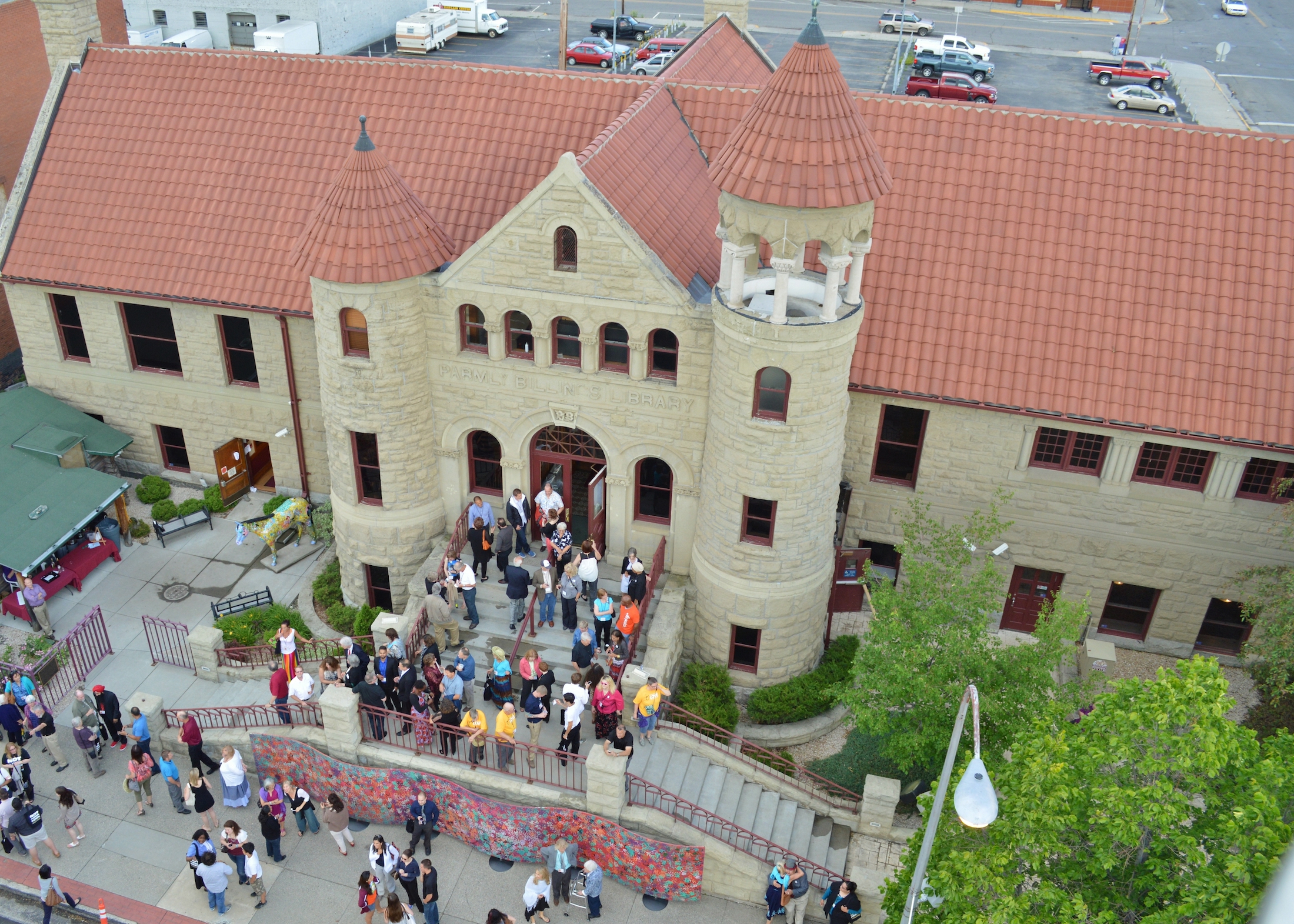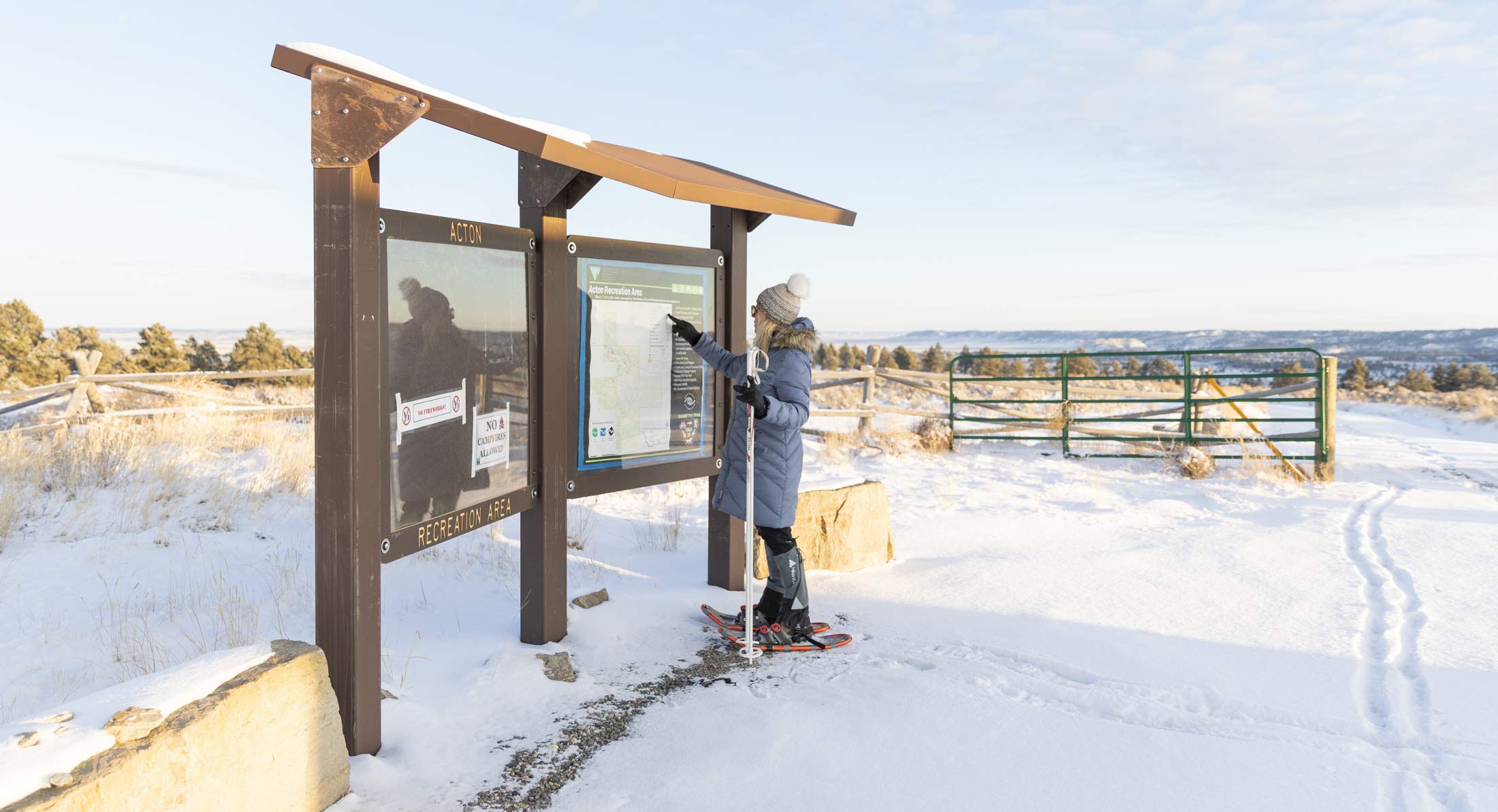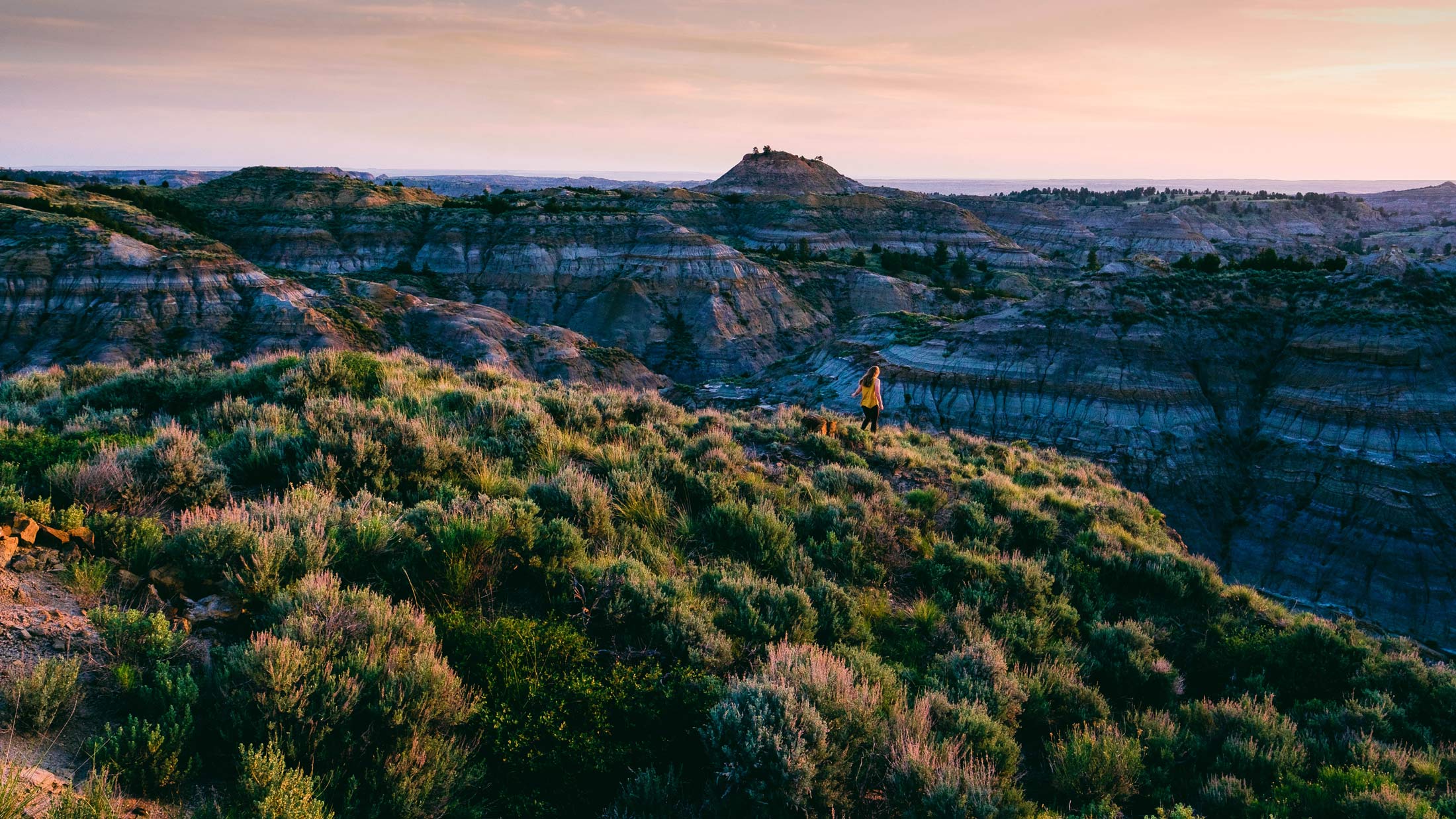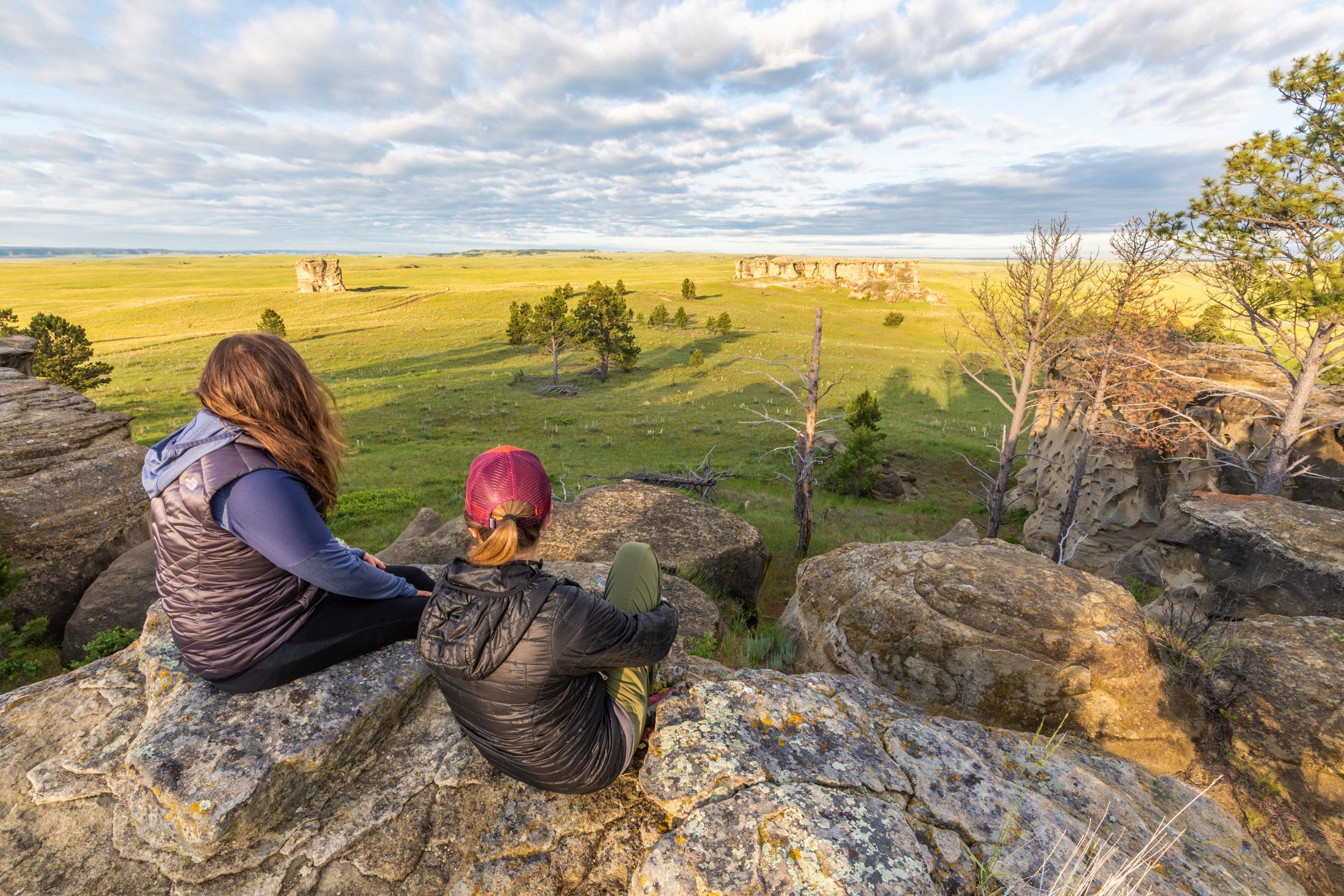Stories Worth Telling: Western Heritage Center
If stories are not recorded, then they can be lost. Therein lies the mission of the Western Heritage Center, which opened in 1971: to collect, preserve and share the stories of the people and places of the Yellowstone River Valley and the Northern High Plains. The Western Heritage Center is one of only six Montana museums accredited by the American Alliance of Museums. Whether you are from the Yellowstone River Valley or from far, far away, you will discover a little piece of our collective histories at the Western Heritage Center in Billings.
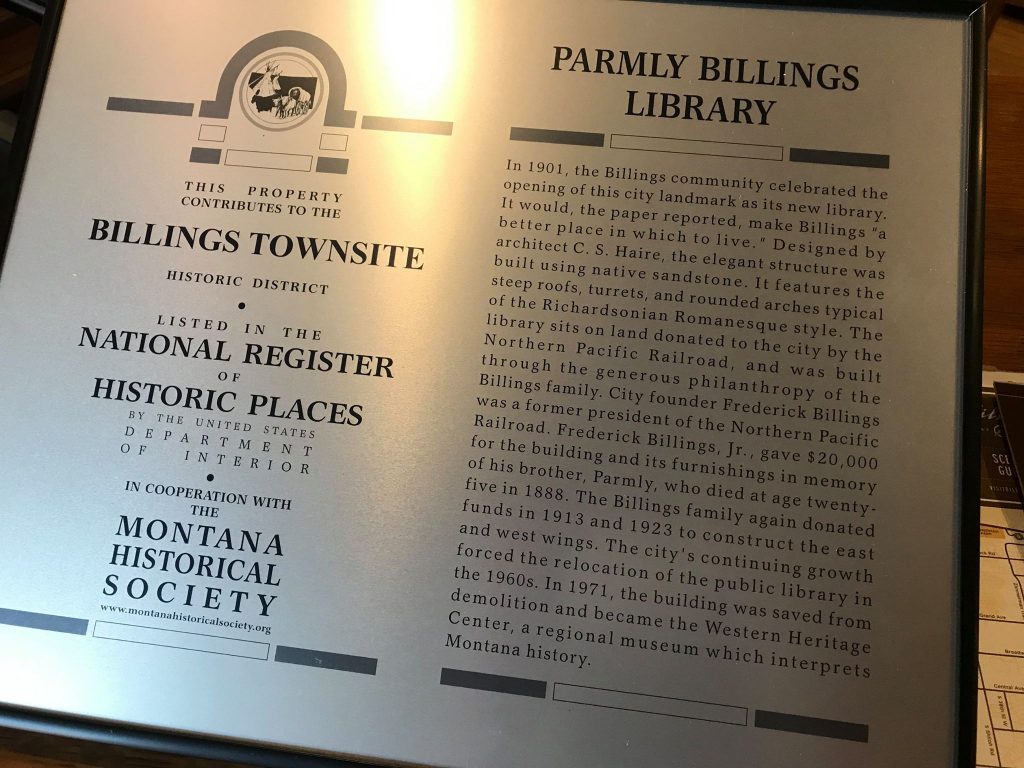
A SENSE OF PLACE
At the end of the 20th century, all the buildings in Billings faced the rails. The town was built along the railroad and, unlike other towns intended to bloom and grow, was not situated along the river. Billings did bloom and grow, however. In 1901, the Parmly Billings Memorial Library building was built of local sandstone in a Romanesque architectural style—and while it was situated on the rail line its doors faced out, rather than in. This seemingly small feature sent a huge message—Billings was here to stay, and this building belonged to the people who called this place home rather than the people who were just passing through.
This stately structure is now home to the Western Heritage Center, and the building’s significant history remains poignant to this day. The center serves as a collection of the shared history of this place, the stories of its people and the preservation of western heritage. One thing has changed though—this building doesn’t just belong to the people who call Billings home. It belongs to all of us who seek to understand the human experience in its truest, realist form.
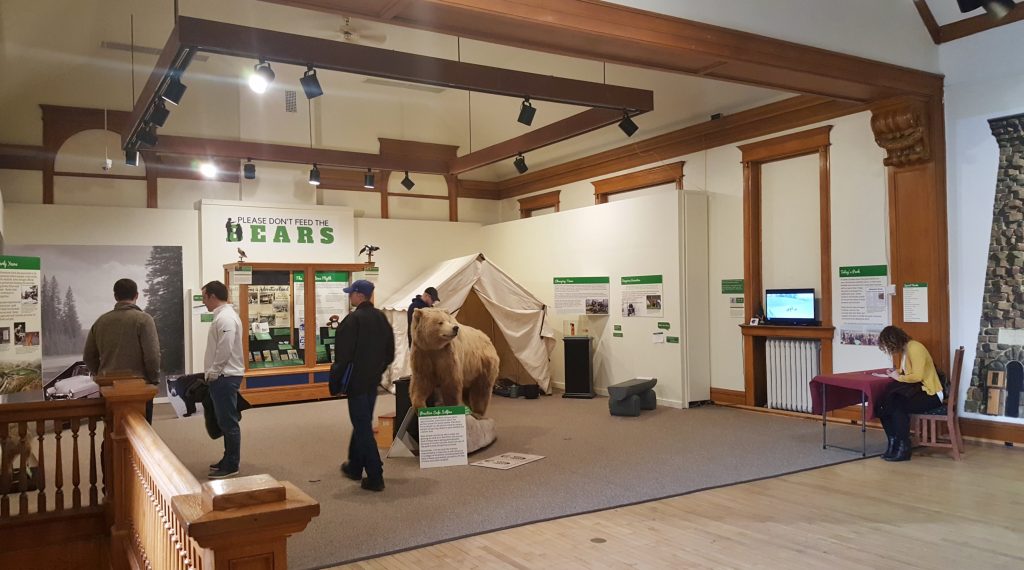
A COLLECTION TO CELEBRATE
When you walk in the doors of the Western Heritage Center, you are in for an experience. While exhibits rotate regularly, you are always sure to find the unexpected, as well as charm and authentic Montana stories. The permanent collection features 35,000 historical photographs and artifacts, interactive exhibits and 400 oral histories, and rotating exhibits mean there is always something new to take in. Have you ever seen second hand art in a gallery? Well, at the Western Heritage Center there is an exhibit featuring only thrift store art which, somehow, enhances beauty by taking a closer look at the funny inverse. Or you might see whimsical yet topical exhibits such as “Please Don’t Feed the Bears!” which focuses simultaneously on the history of Yellowstone Park while also drawing attention to serious, modern issues that challenge the National Park Service. You might see exhibits focusing on indigenous artwork or long-forgotten stories of Montana’s coal mining communities. In addition, the American Indian Tribal Histories Project Exhibit, a part of the permanent collection, includes video-recorded oral histories and stories from members of the Crow and Northern Cheyenne tribes. The authentic cadence of native voices sets the tone for further understanding and exploration.
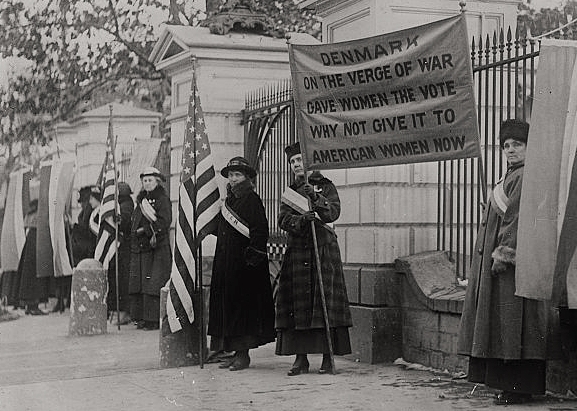
UNCOVERING THE PAST
When the town of Billings was originally constructed, the railroad physically divided the town. It was on the north side that the depot was built, and for that reason, it is the north side that’s most historical and remains the main hub of Billings. The Western Heritage Center wants to share those stories but also share others—the stories that remain lost in the archives or in other segments of the town’s history, waiting for dedicated citizens to uncover and share. Original research is and will continue to be an important responsibility of the Western Heritage Center in its mission to tell a complete story of this landscape and the people who call (and have called) it home. Their projects uncover and tell stories of people like Billings High School graduate Hazel Hunkins Hallinan, a suffragist with a significant role in the National Women’s Party. Ethel Hays, also a Billings High School graduate, was known nationwide for her cartoons (including Flapper Fanny) and is recognized as an accomplished children’s book illustrator, working on projects such as Raggedy Ann.
SPREADING THE LOVE
The Western Heritage Center’s extends beyond its doorsteps. Take in Billings by foot with a historian on a Historic Walking Tour, dive into specific histories with the High Noon Lecture Series or explore the extensive online collection available to the general public. Outreach is central to the mission of the Western Heritage Center, which means that resources are open to the public, including for educators. Additionally, the staff offers offsite programming and lecture opportunities, and exhibits travel throughout the region, meaning you don’t have to be in Billings to uncover the knowledge and stories housed in the Western Heritage Center.
Out here, we have stories worth telling. The Western Heritage Center heads that mission by compiling exhibits that educate, challenge and inspire, which means that no matter where you are from, you will leave Billings with a deeper understanding of the town’s history that allowed the town to become what it is today. These are the stories of us.
More from our blog:
